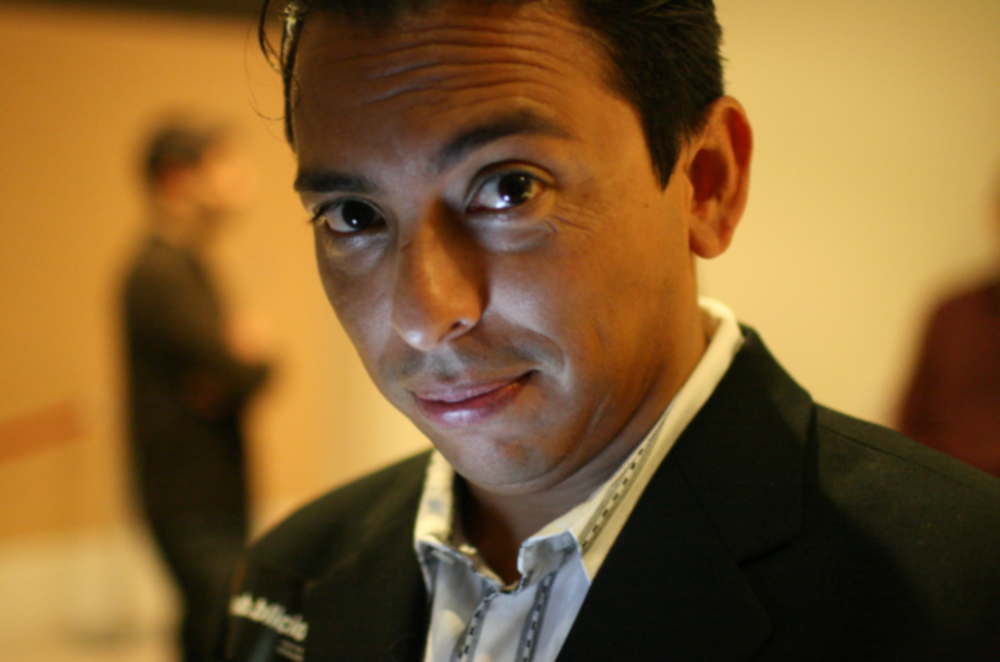A beautiful, glossy, four-color coffee table book called X arrived for me in the mail. I thought it was meant for the senior editor of Maxim and got to me by mistake. But no, it was social media analyst Brian Solis’s new book, subtitled “The experience when business meets design.” Solis’s colorful format belies a grave undercurrent in his text that good customer experience ain’t easy. I asked him why. Here are the highlights.
The very word “experience” seems to have taken on new and deeper meaning since the advent of the digital age. Define it for us.
This question posed one of the biggest challenges I had in writing the book. When I started asking people this question, the answers were all over the place. Agencies said brand architecture, marketing said brand promise, customer support and sales said the customer journey. What I realized was, it’s all of those things. Experience is an emotional reaction to a moment. It’s not any one thing. And it’s how you measure what it is versus what you say it is. It’s what people say when you leave the room.
Your book goes into “experience architecture.” What is that and what should consumer-facing enterprises do about it?
Brand, user, and customer—each of those things should work in harmony. If you were to merge and design experience that’s articulated the same throughout the customer lifecycle, what would it feel like and sound like? And then, how do you rethink the journey to reinforce that? If you put all that together you have something just called X.
You dig deep into mapping the customer journey. It all seems so complex and daunting. Is it as hard as it looks?
You’re talking about transforming the entire grounding for a business. It’s daunting. You’re competing for your future and for relevance so, yes, it’s complex. Customer journey as it mainly exists today is already outdated. One way to start is to find your areas of weakness and prioritize fixing those. Say you’re mobile experience is lacking. Ask yourself, what if had to create a mobile-only experience? What would that look like? Where could we design something new? What is the experience we want to have?
A Time magazine recent cover story talks about how old guard Republican politicians were totally thrown off their game by Donald Trump because he tore up their rule book. Isn’t that what’s going on among old guard marketers?
That’s a perfect analogy. Startups are able to gain so much traction because they’re operating without a rule book, while their competitors are operating out of rule books that are 40 or 50 years old. What startups do well is to understand customer behavior and expectations and then let that rule their business models. I like to use the remote control as an analogy. Today we have these 80-inch HDV TVs and we still have the same old crappy remote control to work them.
You present a parable in the book about the iPad as the center of Apple’s experience architecture. Is Apple really all that?
This was a chapter I was personally fretting over in so much as, oh boy, here’s another author talking about Apple. So, I decided to choose one product and go on a customer journey with it and document my experience. How did it make me feel? I started to see that there was a story arc here, that someone, probably Steve Jobs, had communicated how the design of the product, the retail experience, the packaging, the website all work together. I found their message to have an aspirational component. What are you trying to do in life? You can be this and you can do that.
Can good customer experience transcend bad corporate behavior? The European Commission just announced an investigation into Apple’s tax policies in Europe saying it paid about a 1.8% rate and that it owes $8 billion. Will this fall on the deaf ears of its fans?
I believe every company should do the right thing, but if a company is able to exploit loopholes it’s going to do it. People may not side with the oil companies, but they are going to side with the company that gives you cool s–t.
What do customers think about experience? And should we care?
Everybody wants a better experience, but can’t articulate what it is. But people say they’re willing to pay 20% more for a product that performs well. They’re actually starting to think less about products and more about the experience.
It’s been a while since your last book. What took so long?
One thing I questioned myself on was that I was telling people that customers were changing, but I was telling them that in the context of a traditional book. I finished writing the book and said I’m part of the problem if I don’t disrupt myself. So I studied UX and UI and attention spans and storyboarded and had to do a lot of uncomfortable things. It forced me to react to my own message and totally rewrite the book.








